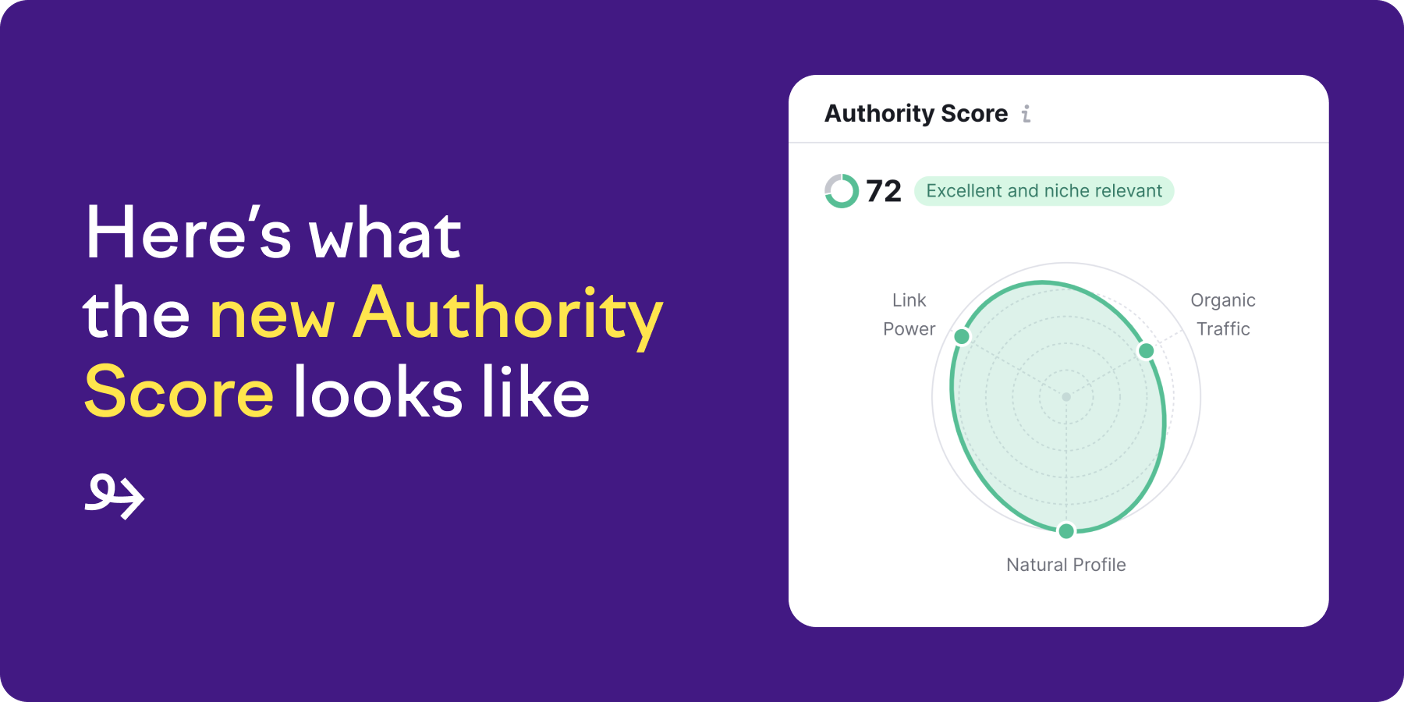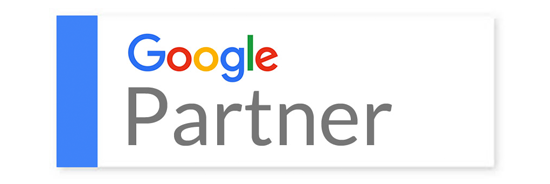The hype train of Search Engine Optimization has long engulfed the world of digital marketing, and the Shopify product pages are no stranger to this trend. Have you been struggling lately with optimizing your product pages better? Admittedly, it can be quite unnerving to get your product pages to rank #1 on search engines, albeit never impossible.
If you ever wondered what the secret behind Shopify’s insurmountable success is, the appropriate use of SEO is a rather significant part of it. We are often short on patience and attention span, so the faster we notice a site, the better are the chances of us clicking on it.
According to Shopify’s Search Engine Results Page, nearly 89% of its customer base relies heavily on major search engines to access its products and services. Therefore, the Canadian e-commerce giant boasts of an expansive database of Shopify-specific SEO experts.
Want to be a Shopify SEO expert? Get in touch with us at CDK Labs and let us handle your SEO needs with our team of experienced specialists. But first, let us walk you through the various ways to improve SEO on Shopify product pages.
#1 Focus on Product Names
The first step in getting SEO right is putting yourself in the consumer’s shoes. Imagine you are looking for Nike’s size 9 shoes in black. Will you type out a detailed sentence about the product or will you be shortening it to ‘Nike Black Shoe Size 9’? Quite possibly, the latter.
Below you’ll see a product page from ‘The Sill’. Notice how precisely the page advertises its product, a simple bouquet of flowers. The product name contains the necessary keywords while still maintaining the integrity of the phrase.
If you are looking for a bouquet, ‘The Pink Torch Bouquet’ has a higher chance of grabbing your attention than a bunch of mismatched words strung together to form an incoherent but keyword-heavy product name.
Pack your product names with as many keywords as possible while still maintaining the integrity of the phrase. Instead of simply writing ‘Men’s Nike Shoe’, optimize it to ‘Men’s Nike Air Max Black Running Shoe Size 9’. A little effort in giving the customer’s viewpoint some thought goes a long way in the SEO business.
#2 Ensure Clarity in CTAs
Picture it: you have been mindlessly browsing for shoes for hours. At the 1.5-hour mark, your eyes settle on a pair of pretty decent Air Jordans, but upon opening the product page, the ‘Add to Cart’ or ‘Buy Now’ button is nowhere in sight.
Most of us will give it a few more minutes, depending on the product, but eventually, the longer it takes to find the Call-to-Action button, the lesser the chances of us sticking to the same product page. We would either brush it under the carpet or look for the Air Jordans on other e-commerce platforms.
If you check out the product pages of Puma, the CTAs appear clear and concise. You don’t have to go through a tedious amount of browsing and scrolling to find the ‘Add to Bag’ button. The example above from one of Puma’s product pages shows the CTA in big bold letters within a vibrant green box.
Simply put, a CTA should never be hard to spot at a glance.
If you are an SEO specialist, you would ensure that the CTA is as precise and easily visible as possible. Yet again, always take note of your customer’s lower attention span while optimizing your page.
#3 Fewer Fillers and More Keywords in Product Descriptions
If you have ever shopped online, you must be familiar with unnecessarily vague and ambiguous product descriptions. A product description has the power to make or break your affinity towards a product in seconds.
If you take a look at Blueland’s product pages, the clearly defined product descriptions ought to catch your eye. One of the integral parts of an optimized product page is a simply stated keyword-inclusive product description that mentions the information necessary for buyers before a purchase.
Going through Blueland’s product pages, you’ll have a fair idea of a good product description. They have perfected the job of defining the features of its products while also avoiding unnecessary fillers that convolute an otherwise precise product description.
Ensure that the product descriptions boast of the most searched as well as most useful keywords. Do not include too many fillers in your description of the product, for they steer the page away from a search engine’s top searches. Keep it precise, useful, and extremely transparent.
#4 Encourage Testimonials
Let your consumers do the marketing for you. Reviews, testimonials, and feedback are some of the best inclusions to have on your product pages to ensure higher clicks. Imagine yourself as a prospective customer on the lookout for the services offered by you. What is one of the first things that you would pin your faith on? You would instinctively look for reviews and testimonials elaborating the experiences of pre-existing or former customers.
Embrace customer criticisms and work on fixing them swiftly. Welcome queries and provide a transparent forum for the queries to be answered promptly. Customer testimonials help legitimize a product, in turn inspiring trust in customers. Let people review the products and give their two cents about them.
#5 Provide Proper Product Images (Better Yet, Videos)
With the advent of digitalization, between visual and theoretical representations, the former takes the cake. Nothing sells your products more than a few high-resolution images of your product in different useful viewing angles.
Nike is yet another apt example of product pages that provide a multiplicity of product images from specific viewing angles, making it as easy for customers as possible.
If possible, try to feature a video or two demonstrating the product in action. If customers easily understand the nuances of the product they are viewing, there are higher chances of them being sure and quicker about their purchase.
A Few Last Words…
Quite a few factors determine the success of an optimized product page. Sometimes, a few products might just not be in demand due to several socio-environmental factors.
If your Shopify product page is not ranking higher on search engines, do not lose hope and keep at it. The key is to observe trends. Be on the lookout for market trends and fads, do your keyword research well, put yourself in the customers’ shoes, and optimize your Shopify product page with ease- voila, there you go!







